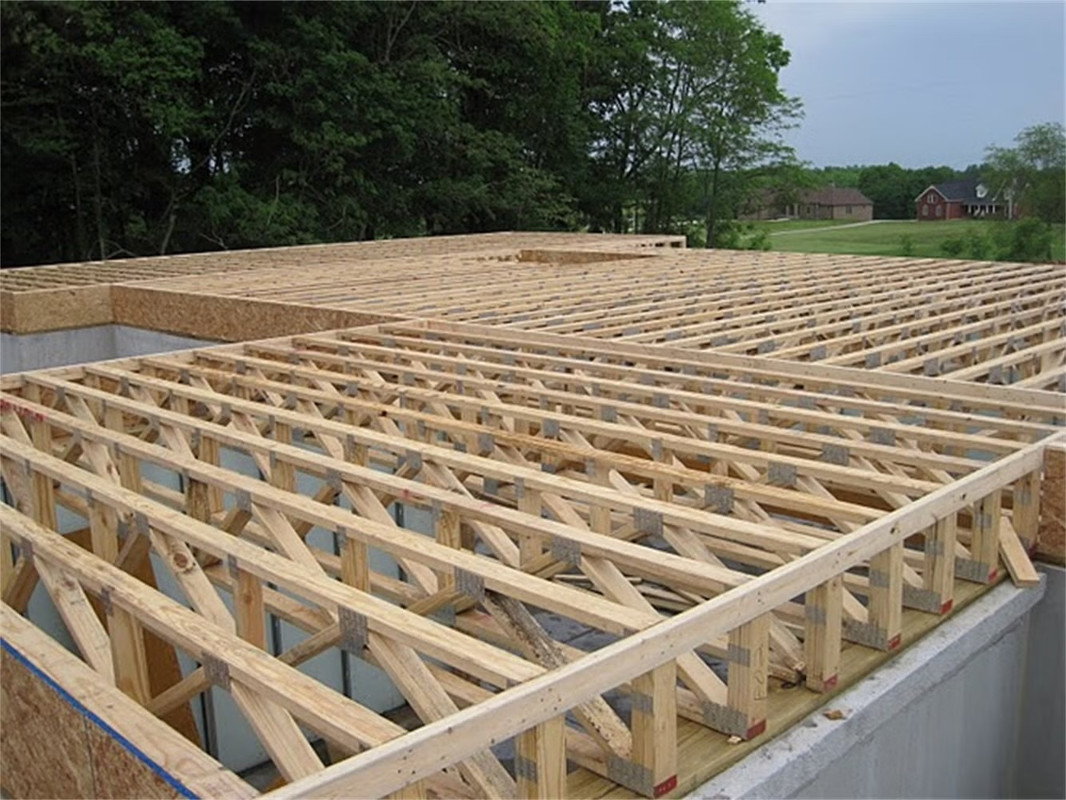1. Pre-1980s
Most houses built with solid sawn lumber, thicker plywood, and heavier framing.
Roof rafters and floor joists were mostly 2x8, 2x10, or 2x12.
Construction emphasized mass and durability over speed or cost.
2. 1980s–1990s
Increasing use of engineered wood products (I-joists, LVL beams, OSB sheathing).
Some walls started using 2x4 studs instead of 2x6, especially in tract homes.
Prefabricated roof trusses became more common.
The trend toward lighter, faster construction accelerated.
3. Post-2000
Majority of new homes use 2x4 walls with OSB sheathing, engineered joists, and prefab trusses.
Modern insulation and energy codes compensate for thinner walls.
“Thicker/massive” lumber is mostly used in custom or luxury homes.
 Rough cutoff
Rough cutoff
Around the late 1990s to 2000, lighter materials and engineered components became the norm for typical residential construction in the U.S.
Homes built before 1995 are more likely to have thicker lumber and traditional construction.







